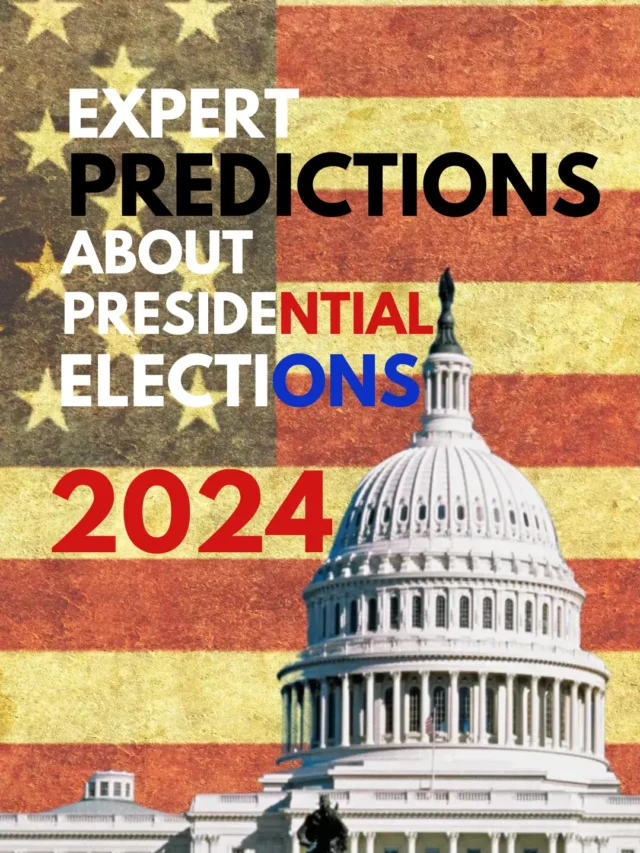The 2024 U.S. Presidential Election has been a topic of intense discussion and analysis, particularly concerning the role of the popular vote in determining the next president. As the nation grapples with evolving political dynamics, understanding the trends and predictions leading up to this pivotal election is crucial. This article delves into the intricacies of how the popular vote might influence the outcome, examining historical precedents and current forecasts.
With the complexities of the Electoral College system often overshadowing the significance of the popular vote, questions arise about its potential impact on the 2024 election results. Analysts and experts are closely monitoring voter behavior, demographic shifts, and campaign strategies that could shape the final tally. Below, we explore key insights and data points that highlight the importance of the popular vote in this critical election year.
Analyzing the Popular Vote Impact
In the Federal Elections of 2020, the interplay between the popular vote and electoral votes was a central theme. Summary tables detailing the distribution of votes revealed significant disparities between these two metrics. The 2020 Presidential Popular Vote Summary underscored how candidates could secure the presidency without winning the majority of the popular vote, setting the stage for discussions around reforming the electoral process.
Further examination of the 2020 Presidential Electoral and Popular Vote data highlighted regional voting patterns and their implications for future elections. These trends indicated shifting alliances and voter preferences that would likely influence the 2024 election cycle. Understanding these dynamics is essential for predicting how the popular vote might align with electoral outcomes in the coming years.
The lessons learned from the 2020 election provided valuable context for analyzing the potential trajectory of the 2024 race. As states continue to refine their voting procedures and address challenges such as ballot access and voter fraud, the relationship between popular and electoral votes remains a focal point for political strategists and voters alike.
Assessing Trump's Victory Margins
Trump's 2024 victory marked a significant political comeback, albeit with a limited mandate. Winning the popular vote with 49.8 percent, he narrowly edged out Democratic nominee Kamala Harris, who garnered 48.3 percent. This slim margin underscored the divisive nature of the electorate and the challenges facing both parties in achieving broad-based support.
Despite securing the popular vote, Trump's triumph was not overwhelming, as he failed to achieve a majority. Additionally, his success in swing states was modest, capturing only one Senate race in these critical battlegrounds. This outcome suggests that while Trump's base remained strong, expanding his appeal to undecided and independent voters proved challenging.
Comparative analyses of Trump's performance across different elections reveal an upward trend in his popular vote totals. In 2024, he surpassed his previous records by gaining 3,059,799 more votes than in 2020 and 14,299,293 more than in 2016. Such increases reflect strategic adjustments in campaign messaging and outreach efforts, yet they also highlight the persistent polarization within the electorate.
Election Infrastructure and Ballot Access
County-level reports, such as those from Riverside County, provide detailed insights into the mechanics of election administration. Documents like the Statement of Votes offer granular data on turnout and voting patterns, helping officials assess the effectiveness of their logistical operations. Ensuring transparency and accuracy in these processes is vital for maintaining public trust in the electoral system.
Ballot access regulations vary widely among states, impacting which candidates appear on general election ballots. For federal elections, these rules are governed by state laws, creating a patchwork of requirements that can complicate nationwide campaigns. The FEC plays a crucial role in overseeing compliance with campaign finance laws but does not regulate aspects related to voting or the Electoral College.
As the nation prepares for future elections, addressing inconsistencies in ballot access and enhancing the security of voting systems will be paramount. Initiatives aimed at improving logic and accuracy testing of voting equipment, alongside measures to combat voter fraud and intimidation, are essential steps toward ensuring fair and equitable elections for all citizens.
Electoral College Dynamics
With the Electoral College votes now finalized, the 2024 election results paint a clear picture of American voting preferences. Trump's achievement of 312 electoral votes compared to Kamala Harris's 226 signifies a decisive win under the existing framework. However, the disparity between electoral and popular vote shares continues to fuel debates about the fairness and relevance of the Electoral College.
Historically, the last Republican candidate to win the popular vote was George W. Bush in 2004. Trump's success in breaking this two-decade streak underscores the evolving nature of party platforms and voter priorities. His ability to mobilize supporters and capitalize on key issues resonating with specific demographics contributed significantly to his re-election bid.
Looking ahead, the 2024 election serves as a benchmark for evaluating the effectiveness of current electoral systems and identifying areas for improvement. Policymakers and stakeholders must engage in constructive dialogue to address concerns regarding representation and democratic participation, ensuring that future elections reflect the will of the people accurately and inclusively.

